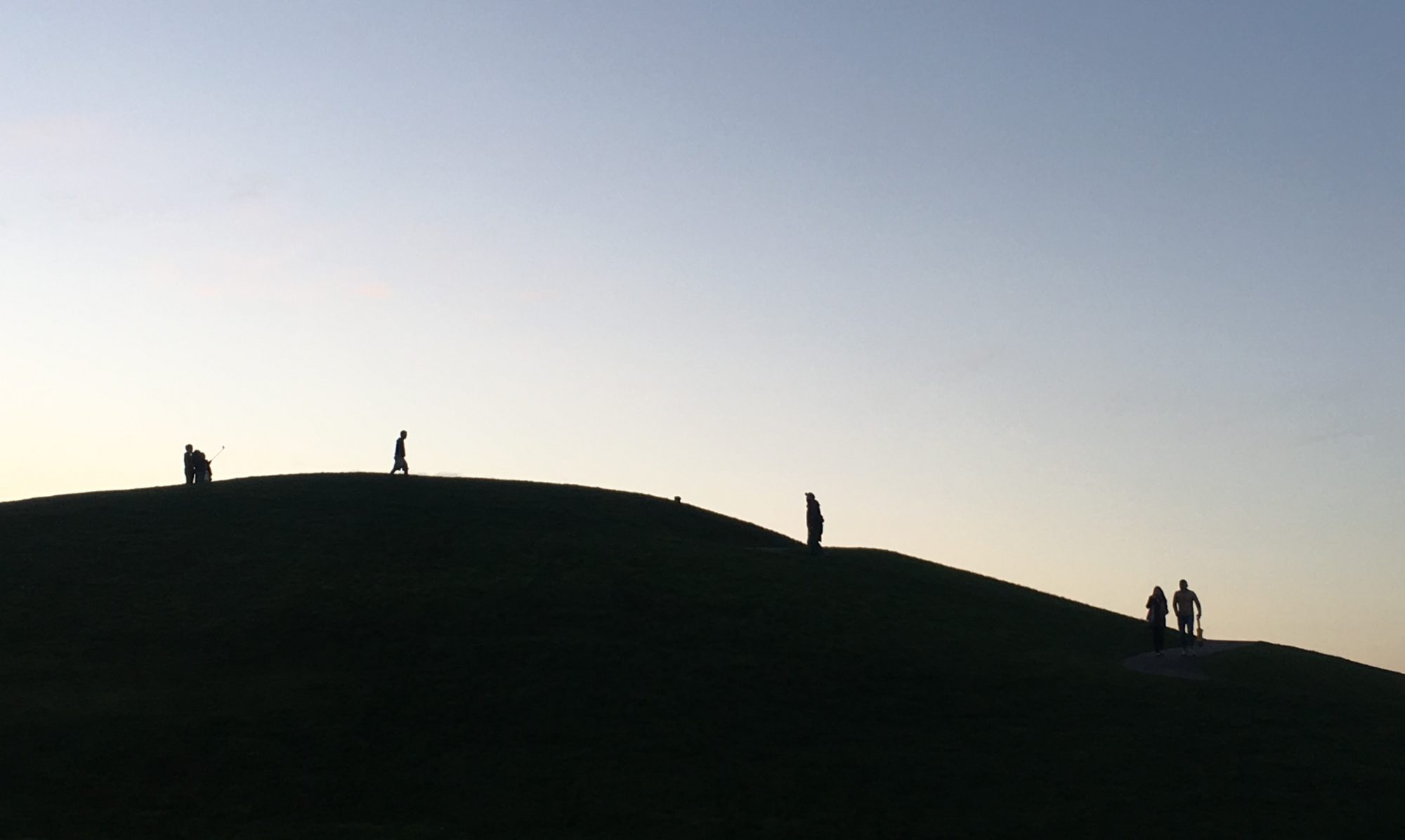In a recent article in the New York Review of Books, the Oxford historian Diarmaid MacCulloch described the source of the divergence in forms of art routinely displayed in Orthodox, Catholic, and Protestant churches. The major Christian denominations disagree about a wide range of matters of doctrine and practice, about which they have argued for many centuries, and one area of dispute concerns the appropriateness of certain objects and images in places of worship. MacCulloch pointed out that the varieties of church practice with regard to the display of images stem from differences in the interpretation of Hebrew scripture, in particular disagreements about whether, in the Book of Exodus, the first commandment is really comprised of two commandments, or, to put the contrary view, whether the second in not really a commandment at all, but only a coda to the first.
Imagined colloquies
As I was reading, my gaze wandered from the page of text and out through the upstairs window, where on a clear day I can watch the Atlantic sweeping in towards the beaches of County Donegal. That day, grey mist and drizzle blurred the horizon line, the sky and the sea lost in vaporous obscurity: not unusual for Ireland in July. My attention briefly returns to my book until my phone alerts me that a text has arrived. It is from my friend who, like me likes to read. We often talk books together.
Fit
The gymnasia are closed, as are the sports centres and swimming pools. People are taking exercise in the parks: they are walking, running, cycling, skipping, lifting weights, boxing, dancing, stretching, and playing football and cricket. It is good to see children and adults – of all ages and sizes – trying to keep healthy, in body and mind, by working their muscles and their lungs. The spring and summer months, even in London, are conducive of outdoor activity most days.
The Empty Plinth
Smashing objects precious to others has a long and illustrious history.
Show, don’t tell
The standard advice given to aspiring writers of fiction is that they should concentrate on describing as best they can the characters, the settings, and the events, but should allow their readers to draw for themselves inferences about what this all means. Long before Roland Barthes pronounced la mort de l’auteur, teachers of good style had made clear that the novelist should not try to make explicit the significance of their books, but should trust their audience to join the dots, in their own time and in their own way, to complete the picture. The obligation of the novel, wrote Javier Cercas, more recently, is not to answer the question it poses but to formulate it in the most complex way possible.
